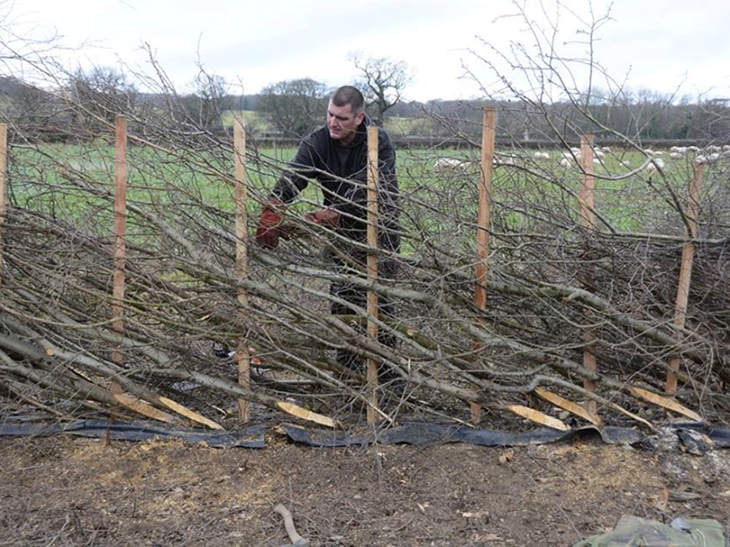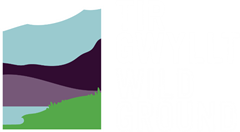Winter is one of the busiest and most important times of the year on our nature reserves.

During other seasons we want to let mammals, birds, amphibians, reptiles, and insects thrive, so most of our practical work takes place in winter to minimise disturbance to wildlife.
At this time of year, our reserve officers and volunteers spend a lot of time wearing waders and brave the cold waters getting waist deep in the ponds and water bodies on our reserves pulling up typha. Typha, or bullrush, grows abundantly, quickly taking over and can shade ponds from natural light, making the water colder. This is detrimental to wildlife, newts for example, prefer to lay their eggs in warm ponds, so they develop more quickly. We do however leave a small percentage of typha for cover for birds such as snipe.
Woodlands with a good variety of trees of different ages support more wildlife, but if left unmanaged, can become very dark to the detriment of nesting birds, insects, and wildflowers. Winter is also the time when we carry out much of our tree work, thinning woodlands, coppicing, and hedge laying. These tasks imitate processes which have been lost, for example, natural grazers like deer would thin woodlands and changes in traditional farming practices affect biodiversity.
Hedge laying and making dead hedges are favourite volunteer tasks and provide important cover for small mammals and ample nesting options for birds such as robins and blackbirds.
You can get involved with many of these tasks as a volunteer with Wild Ground. To find out about volunteering with Wild Ground take a look at our Volunteering information page HERE.
